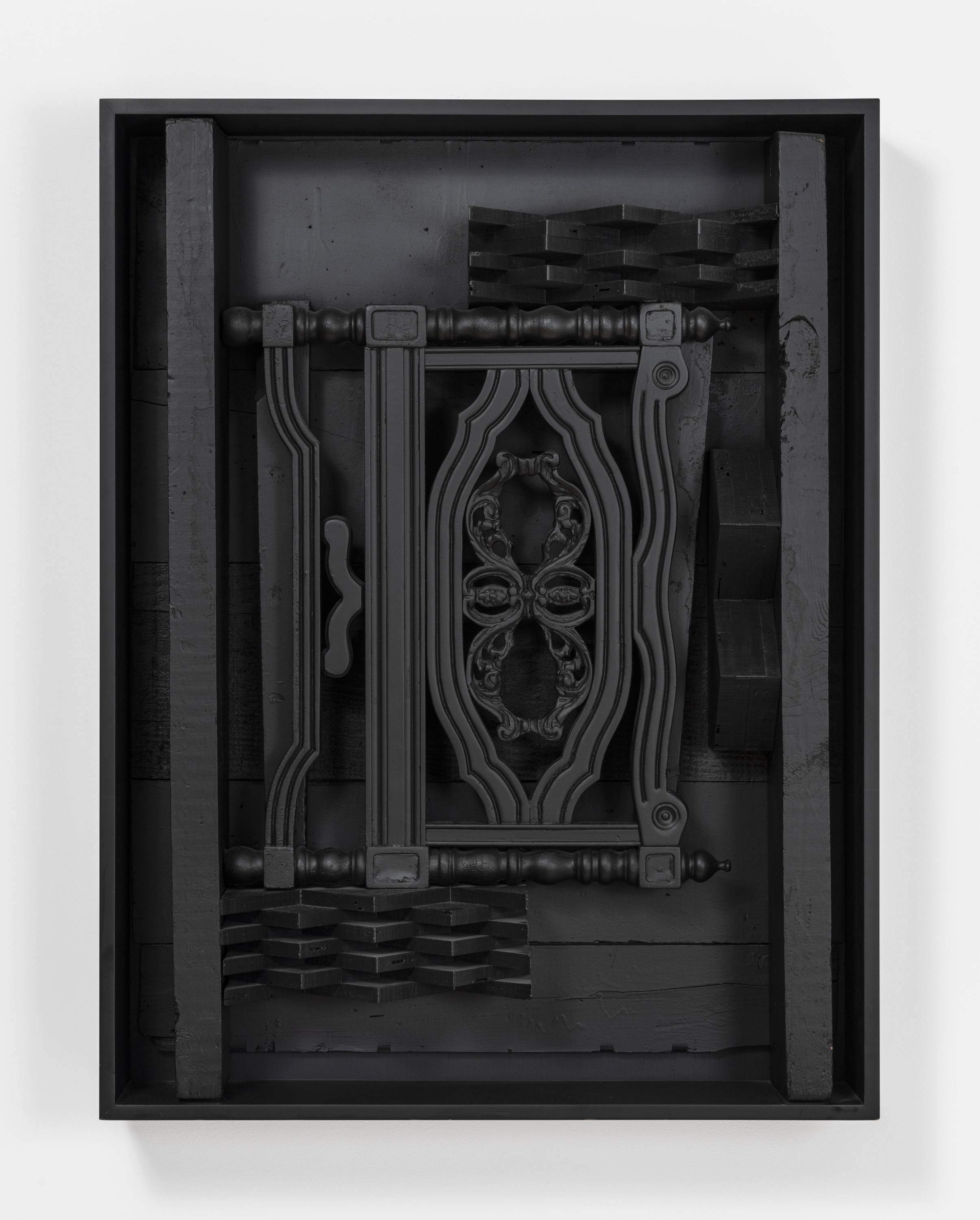Louise Nevelson
(Pereiaslav, Ukraine, 1899 - 1988, New York, United States)
The Fugue
1985
Painted wood
49 3/4 x 39 x 9 in. (126.5 x 99.1 x 22.9 cm)
Collection of the Akron Art Museum
Gift of the American Art Foundation in memory of Louis S. Myers
1996.6
More Information
Louise Nevelson earned international acclaim for box-like constructions she assembled from wood scavenged from her Manhattan neighborhood. Nevelson favored materials that had a history of use and painted her sculptures a single color, here a warm and reflective dark gray. The primary element in The Fugue is the headboard for a child’s bed. Turned vertically, it is bracketed by three sections of zig-zagging plywood and compressed between two rough-cut timbers. For the art critic John Russell, the emotional impact of Nevelson’s work “derives from the tension between the pure formal values … and the capacity of living art to redeem and regenerate what society has discarded.”

